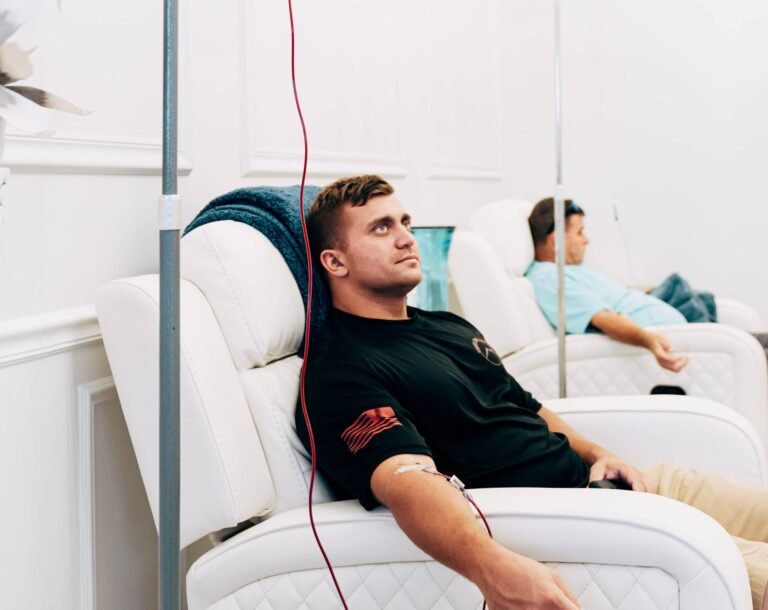he Ultimate Guide to Lifeguard Training: A Pathway to Saving Lives
Lifeguard training refers to the programs that are aimed at preparing people for ensuring safety while swimming. The American Lifeguard Association (ALA) offers lifeguard training programs where candidates are taught critical skills such as rescue operations, CPR, and first aid. If you want to work in a pool, beach, or water park, lifeguard training is the first step towards a successful career in life-saving services.
The Importance of Lifeguard Training
As a lifeguard, you do not just supervise the swimmers, but rather you should be ready to intervene in an emergency situation. Lifeguard training covers critical aspects of preventing drowning, performing water rescues, and dealing with medical emergencies. All trainees at ALA are taught the required techniques which will help them manage confidence boosting and expertise building training sessions to facilitate real-life scenario emergencies.
Requirements to Train as a Lifeguard
Those interested in taking part in lifeguard training courses must follow particular requirements based on age and level of swimming skills. Most programs require participants to be 15 years or older along with passing a post course swimming test. The American Lifeguard Association overcomes the challenges faced during training as they prepare candidates by having them swim a certain distance, tread water, and retrieve an object from the bottom of a pool.
Aspects of Lifeguard Training
Along with the practice of water rescue techniques, CPR, first aid, and AED training are integral parts of lifeguard training. The American Lifeguard Association ensures that ‘hands-on’ practice through real life simulations is what their trainees focus on. Trainees learn how to spot swimmers in distress, how to conduct safe rescues, and how to perform life saving measures properly.
CPR and First Aid Procedures for Lifeguarding Tasks
CPR, or cardiopulmonary resuscitation, and first aid techniques is among the most important parts of life guarding training. The American Lifeguard Association makes sure that lifesavers have the skills needed to perform CPR on adults, young children, and infants. There is also training for treating wounds, fractures, heat stroke, and other emergencies that can be expected in and out of water.
Techniques for Water Rescue
Rescue efforts, such as victim rescue while managing a drowning, rescue of a victim from supine position, rescue of a victim under the water, and rescues from water with spinal injury are taught during lifeguard training. As noted by the American Lifeguard Association, the primary concern is to protect both the lifeguard and the victim during the rescue. Trainees practice with rescue tubes, backboards, and other essential equipment.
Certification For Lifeguards
When the candidates have finished a lifeguard course, they need to get a certification by passing an exam. The American Lifeguard Association does both a head and a heart test in order to check the trainees. Certification is issued for two years, after which there is a requirement for recertification for the lifeguard to remain within active status.
Training as a Lifeguard and the Pursuing Careers
Career advancement is one of the benefits provided by the training as a lifeguard. Qualified lifeguards are employed in swimming pools, water parks, beaches, hotels, and even in primary schools for Physical Education classes. New lifeguards are offered by the American Lifeguard Association employment opportunities, including counseling and career advancement.
Recertification With Lifeguards and Further Training
Lifeguards are required to keep abreast of safety measures and methods. The American Lifeguard Association provides recertification classes to help proficient lifeguards refresh their skills. Further courses in advanced water rescue, lifeguard supervision, and other forms of aquatic safety can enhance one’s career chances and specialization.
Final Notes: Benefits One Gains From Lifeguard Training
Lifeguard training is not merely a certificate to earn a job with minimum qualification. It is an assurance that a person is ready to take up responsibility when it matters most. The member institutions of the American Lifeguard Association are equipped with the best training resources that make sure that every person trained under them becomes a life-saver without any hesitation. Taking the position of a lifeguard comes with profound responsibilities and to fulfill these responsibilities, mandatorily one has to go through the lifeguard training program. From new career avenues to ensuring increased safety at swimming pools, there are many benefits that come with the role of a lifeguard.






